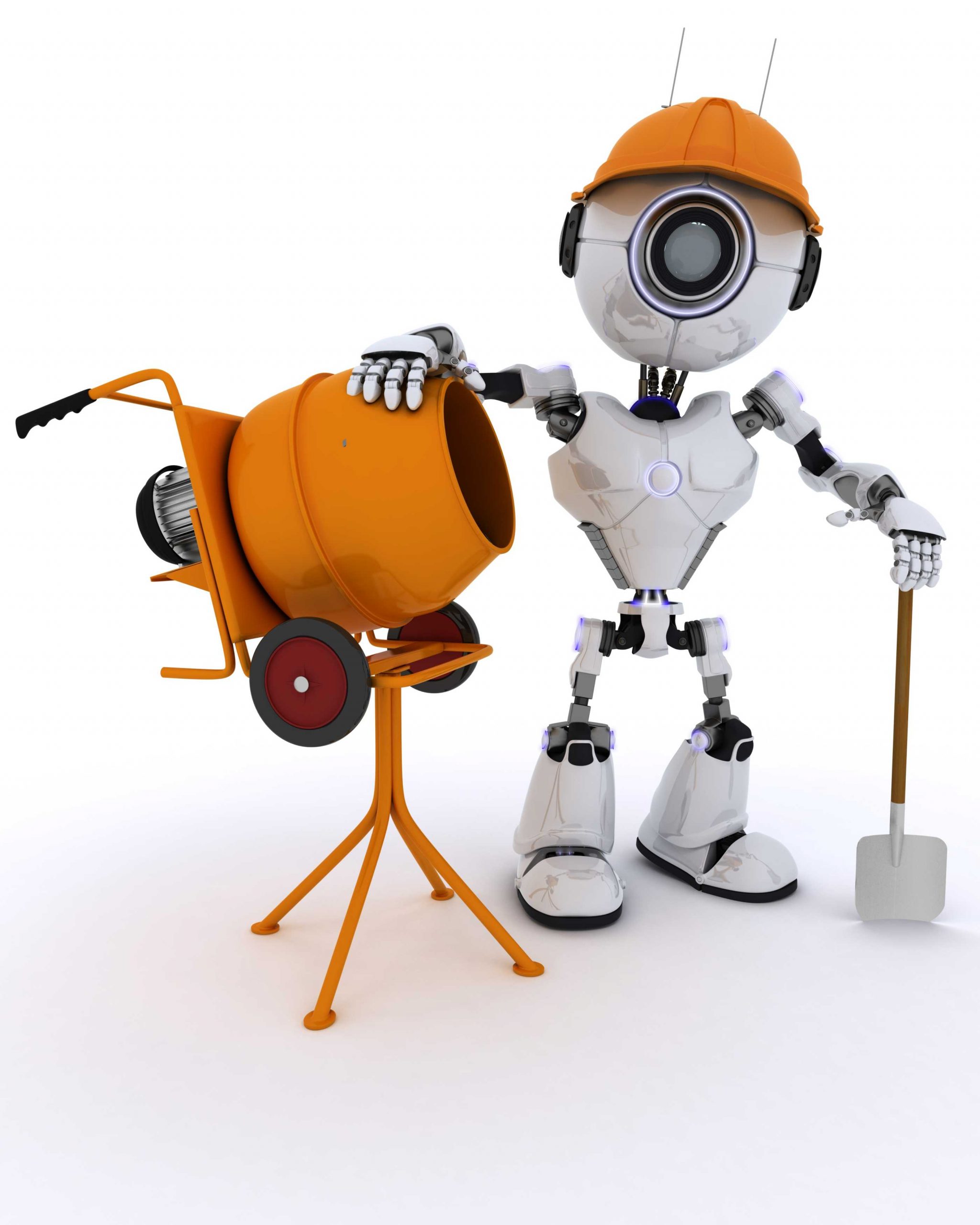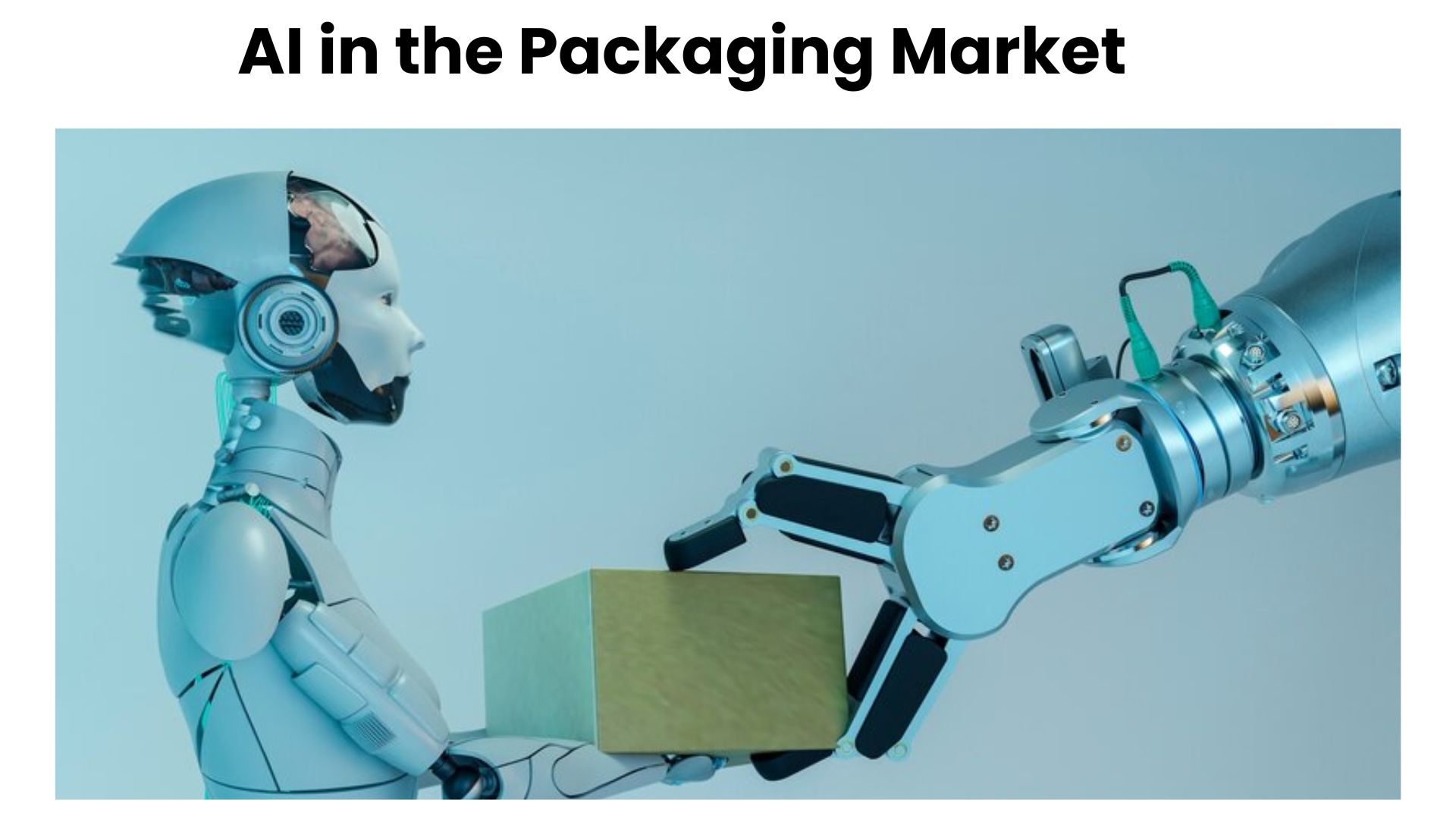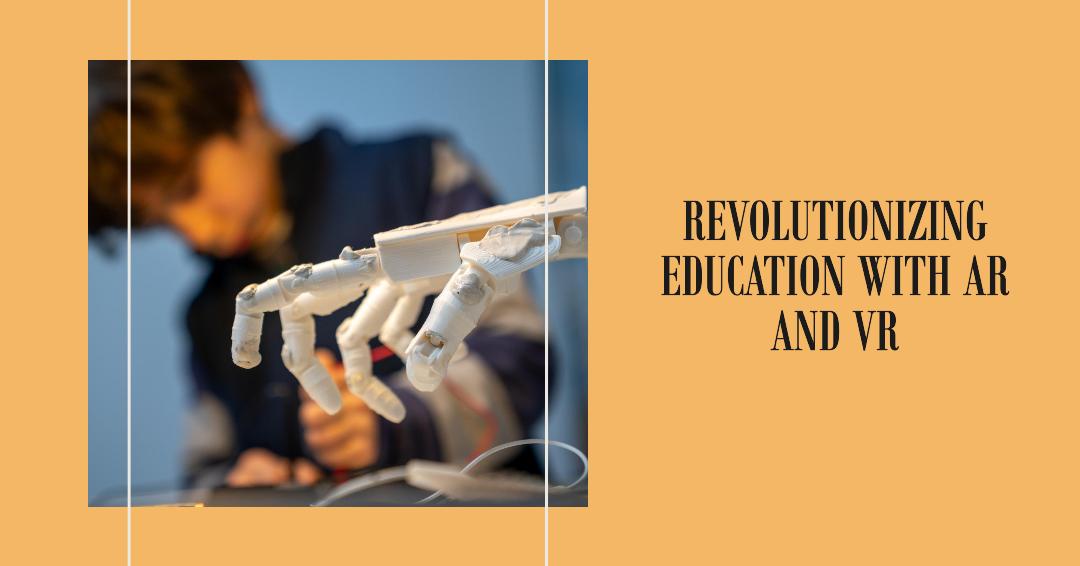Construction Robot Market to Hit USD 2,398.7 Mn by 2032

Page Contents
Market Overview
Published Via 11Press : Construction Robot Market size is expected to be worth around USD 2,398.7 Mn by 2032 from USD 710.0 Mn in 2022, growing at a CAGR of 13.3% during the forecast period from 2022 to 2032.
Construction work has traditionally been labor-intensive, with manual tasks comprising much of the process. Thanks to advances in technology, however, construction robots have revolutionized this sector of the industry. These automated machines are designed to perform various basic and complex tasks efficiently and precisely; equipped with sensors, artificial intelligence algorithms and robotic arms capable of carrying out bricklaying, concrete pouring, welding demolition or excavation tasks with greater efficiency and precision than before.
One of the primary drivers of the construction robot market is an increasing need for increased productivity and efficiency within the sector. Construction robots offer unrelenting productivity in hazardous environments while simultaneously decreasing risk and increasing safety; as a result, more construction companies are turning to robotic technology to increase operational efficiencies and meet project deadlines more easily.
Construction robots also provide enhanced accuracy and precision, leading to improved quality outcomes. For instance, robotic bricklaying systems can lay bricks with millimeter-level accuracy to produce straighter walls with fewer defects; this level of accuracy also reduces rework costs significantly while saving construction companies time and material wastage costs.
Due to advancements in robotics technology, construction robots are experiencing exponential growth. Robots are becoming smarter, more versatile, and capable of performing complex tasks more effectively than ever before. By incorporating artificial intelligence and machine learning algorithms, these construction robots can learn and adapt more efficiently in different construction environments – leading to improved productivity and effectiveness overall.
Governments and regulatory bodies in various countries are encouraging the adoption of construction robots to address labor shortages and increase construction productivity. Japan and South Korea, for instance, are investing heavily in robotic technologies as a solution to their aging workforce challenges – these government initiatives should further propel demand for construction robots over time.
There are, however, certain obstacles preventing widespread adoption of construction robots. High initial investment costs as well as training and maintenance requirements can be deterrents for some construction companies. Furthermore, their integration into existing processes could potentially displace human workers raising concerns regarding job security as well as upskilling the workforce.
Request Sample Copy of Construction Robot Market Report at: https://marketresearch.biz/report/construction-robot-market/request-sample

Key Takeaways
- Construction robots have revolutionized the industry by improving productivity and efficiency.
- These cutting-edge robots feature advanced sensors and AI algorithms, enabling them to perform an array of tasks precisely and with great efficiency.
- Construction robots increase safety in hazardous environments by working autonomously to reduce accidents.
- These technologies deliver accurate and high-quality outcomes, reducing rework and material wastage.
- Recent technological developments are driving the expansion of the construction robot market.
- Government initiatives worldwide are encouraging the use of construction robots to alleviate labor shortages.
- High initial costs and specialized training pose barriers to widespread adoption.
- Integrating robots into existing construction processes poses several potential concerns regarding job displacement. To successfully do so, these must be addressed before any introduction takes place.
- Construction robots offer many advantages for the construction industry and remain an attractive future solution.
Regional Snapshot
- North America represents an expansive market for construction robots, driven by technological advancements in robotics and the desire to increase productivity in construction industries like those found in United States and Canada. Both nations have widely adopted construction robots for tasks like demolition, concrete pouring and site preparation.
- Asia Pacific region is witnessing an explosion of construction robot sales. Countries like China, Japan and South Korea are investing significantly in robotic technology to address labor shortages, enhance construction efficiency and meet infrastructure demands. Construction robots used in this region for tasks such as excavation, bricklaying and structural assembly are widely available and utilized across multiple sectors.
- Europe is another significant market for construction robots, with Germany, Sweden and the UK leading adoption. Adoption is often driven by stringent safety regulations, labor shortages and sustainable building practices; robots used in Europe often perform tasks like bricklaying, welding and autonomous material transportation vehicles.
- Latin America is showing great promise when it comes to adopting construction robots. Countries such as Brazil and Mexico are investing heavily in these robotic technologies in order to increase efficiency while alleviating labor shortages. Construction robots in this region can often be found performing welding, material handling and surveying duties.
- Middle East and Africa regions are currently seeing an increased use of construction robots due to demand for faster construction processes, improved safety measures, and increasing use of advanced technologies. Construction robots in these regions typically serve tasks such as concrete spraying, 3D printing, inspection/survey drones as well as autonomous drones that operate for inspection tasks.
For any inquiries, Speak to our expert at: https://marketresearch.biz/report/construction-robot-market/#inquiry
Drivers
Technological Advancements
Rapid advances in robotics technology such as sensors, artificial intelligence, and automation have been one of the major driving forces behind construction robot adoption. Such advancements enable these machines to complete complex tasks efficiently and safely resulting in increased productivity within the construction industry.
Productivity Needed for Improved Outcome
Construction industries are under constant pressure to increase productivity and meet project deadlines, and robots offer an ideal solution. Construction robots work nonstop without fatigue or human error while simultaneously speeding up task completion time. By automating repetitive and laborious tasks, companies can maximize resources while increasing overall productivity levels.
Safety Enhancement
Construction sites often involve hazardous working conditions that place human workers in perilous positions. Construction robots provide an invaluable service by operating safely in these dangerous environments – high altitudes, confined spaces or environments with hazardous materials – thus decreasing the chance of accidents and injuries occurring on site. Robotic construction also contributes to overall improvement of overall site safety while mitigating associated risks with human labor.
Labor Shortages
Many regions are experiencing shortages of skilled construction workers due to factors like aging demographics, decreased interest in such careers among younger generations and rising infrastructure needs. Construction robots offer a solution by filling the labor gap and augmenting workforce levels, helping companies meet project demands efficiently.
Restraints
High Initial Costs
One major obstacle to widespread adoption of construction robots is their high initial investment costs. Acquiring, installing, training and infrastructure alterations for robotic systems may be substantial for smaller construction firms – this act as an entry barrier and could reduce adoption significantly in regions with limited financial resources.
Integration Challenges
Integrating construction robots into existing construction processes can be a difficult task. Construction sites tend to feature unique layouts and environments that demand robots be adaptable enough to adapt seamlessly with various conditions on site. Finding ways for them to integrate smoothly into other machinery or workflows poses additional obstacles that require careful planning and coordination in order to be successful.
Lack of Awareness and Education
Construction industry workers traditionally rely on manual labor, so there may be little awareness and understanding regarding the capabilities and benefits of construction robots. Many construction professionals may be unfamiliar with them as well as how they could impact productivity and safety – this makes educating stakeholders of its advantages as well as dispelling any misconceptions vital for wider adoption.
Resistance to Change
Change can impede construction robot adoption. Some stakeholders may be wary to embrace automation out of fear for job displacement or role changes; therefore, overcoming any resistance and showing how long-term benefits of construction robots will help foster acceptance and adoption.
Opportunities
Market Potential
The construction robot market holds significant global potential. Emerging economies in particular provide significant market expansion opportunities thanks to growing infrastructure development, urbanization and construction activities – creating untapped markets for manufacturers and service providers looking to meet rising demand for construction robots.
Collaborative Robots
Collaborative robots (cobots), or collaboratively operated robots, present an enormous opportunity in the construction industry. Cobots work alongside human workers, offering assistance in tasks requiring heavy lifting, precision or repetitive actions. Their presence enhances productivity, safety and human-robot collaboration leading to greater efficiency on construction sites.
Customization and Specialization Options Available
Construction robots can be customized and tailored specifically to each project's specifications, giving construction companies greater control of their operations and better outcomes. Customization options present opportunities for robot manufacturers to develop tailored solutions for various construction applications.
Sustainable Construction
With more attention being given to sustainable building practices, construction robots present unique opportunities. Robots can assist in reducing material waste, increasing energy efficiency and creating eco-friendly building methods – which in turn could boost environmental stewardship while drawing in clients who care about protecting the planet.
Take a look at the PDF sample of this report: https://marketresearch.biz/report/construction-robot-market/request-sample
Challenges
Regulatory Compliance
Adopting Construction Robots Adopting construction robots may require adhering to specific regulations and safety standards. Ensuring they meet regulatory requirements can be challenging for manufacturers and construction companies; adherence to stringent safety regulations is necessary to ensure safe operations on construction sites.
Skills and Training
Operating and Maintaining Construction Robots Operating and maintaining construction robots require specific skills and training. A workforce should be capable of using robotic technologies, programming, and maintenance without assistance from experts in these areas. Filling skills gaps by offering adequate training opportunities is often challenging in regions with limited access to technical education programs and certification opportunities for construction professionals.
Interoperability and Standardization
Construction robots from various manufacturers may utilize different software, communication protocols and interfaces that present interoperability challenges. Standardization efforts must be undertaken in order to facilitate smooth integration and collaboration among all construction machinery; creating industry-wide standards can facilitate interoperability while streamlining operations.
Ethical and Social Implications
Construction robots raise ethical and social questions. There may be displacement concerns for human workers and an impactful transition for livelihoods that must be managed carefully in the construction industry. Balancing automation with its social impact while guaranteeing fair transition for its workforce are challenges that must be navigated responsibly by industry players.
Market Segmentation
By Type
- Articulated Robots
- Cartesian Robots
- Automated Guided Vehicle
- Exoskeleton
- Other
By Payload Capacity
- Less Than 500 Kg
- 500-3000 Kg
- 3001 Kg & Above
By Automation
- Fully Automated
- Semi-Autonomous
By Function
- Demolition
- Structural Process
- Material Handling
- Finishing Processes
- Fabrication & Assembly
- 3d Printing
- Quality Inspection
- Layout
- Other
By Vertical
- Commercial & Residential Building
- Energy & Utilities
- Public Infrastructure
- Other
Key Players
- ABB
- Husqvarna AB
- Komatsu Ltd.
- Fujita Corporation
- FBR Ltd
- Conjet
- Contour Crafting Corporation
- MX3D
- CyBe Construction
- KEWAZO BROKK GLOBAL
- RobotWorx
- Built Robotics
- ICON Technology Inc.
- Dusty Robotics
- MUDBOTS 3D CONCRETE PRINTING LLC
- Other
Report Scope
| Report Attribute | Details |
| Market size value in 2022 | USD 710.0 Mn |
| Revenue Forecast by 2032 | USD 2,398.7 Mn |
| Growth Rate | CAGR Of 13.3% |
| Regions Covered | North America, Europe, Asia Pacific, Latin America, and Middle East & Africa, and Rest of the World |
| Historical Years | 2017-2022 |
| Base Year | 2022 |
| Estimated Year | 2023 |
| Short-Term Projection Year | 2028 |
| Long-Term Projected Year | 2032 |
Recent Developments
- In March 2023, Fastbrick Robotics Ltd (Australia) announced that it had entered into an exclusive strategic agreement with UK-based M & G Investment Management company to manufacture three Hadrian X robots of the latest generation specifically for sale to the U.S.
- In February 2022, Husqvarna AB of Sweden announced that they would embark on a pilot project with Watt Battery to develop battery-powered construction robots.
- In April 2022, GE Renewable Energy (USA) inaugurated an advanced facility for fully automated construction of reinforced concrete structures using COBOL's state-of-the-art 3D concrete printing system.
- In January 2023, ICON Technology Inc (USA) announced that they had successfully constructed a 3D-printed home in Austin, Texas within 27 hours.
FAQ
1. What tasks can construction robots perform?
A. Construction robots can perform many different functions, including bricklaying, concrete pouring, welding, demolition, excavation, material handling, 3D printing, surveying and site inspection.
2. How can construction robots improve safety at construction sites?
A. Construction robots increase worker safety in hazardous environments by working autonomously, lowering the risk of accidents and injuries to human workers. Equipped with advanced sensors and algorithms for obstacle detection and avoidance, construction robots ensure safe operations by working without human workers present.
3. Can construction robots replace human workers?
A. Construction robots are intended to complement rather than replace human capabilities in construction projects. Their purpose is to perform repetitive, physical or dangerous tasks efficiently so human workers can focus on more intricate parts of a construction project.
4. What are the advantages of construction robots?
A. Construction robots increase productivity, quality outcomes, safety measures and provide cost savings. Their tireless work ensures precision and accuracy with reduced rework requirements in hazardous environments as well as optimizing resource usage.
5. What are the challenges involved in adopting construction robots?
A. Challenges associated with integration may include high initial costs, integration complexities, lack of awareness or education regarding its benefits and resistance to change. Overcoming these hurdles requires investments, planning and education efforts as well as an address of any concerns about job displacement issues.
6. Are there various kinds of construction robots?
A. Yes, various types of construction robots exist such as bricklaying robots, concrete pouring robots, welding robots, demolition robots, excavation robots and 3D printing robots. Furthermore, collaborative robots (cobots) exist that assist humans with construction tasks.
7. Does there exist any regulations concerning construction robots?
A. Yes, regulations and safety standards do exist regarding the use of construction robots. Adherence to such regulations and obtaining any necessary certifications are crucial in order to ensure their safe usage on construction sites.
Contact us
Contact Person: Mr. Lawrence John
Marketresearch.Biz
Tel: +1 (347) 796-4335
Send Email: [email protected]
Content has been published via 11press. for more details please contact at [email protected]
The team behind market.us, marketresearch.biz, market.biz and more. Our purpose is to keep our customers ahead of the game with regard to the markets. They may fluctuate up or down, but we will help you to stay ahead of the curve in these market fluctuations. Our consistent growth and ability to deliver in-depth analyses and market insight has engaged genuine market players. They have faith in us to offer the data and information they require to make balanced and decisive marketing decisions.


